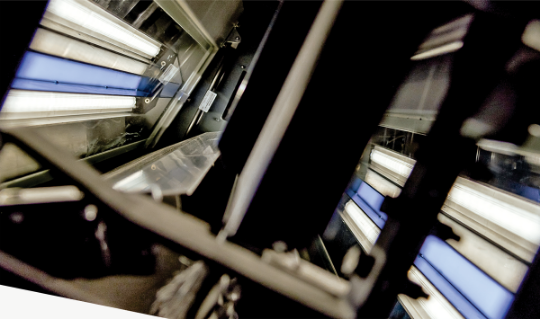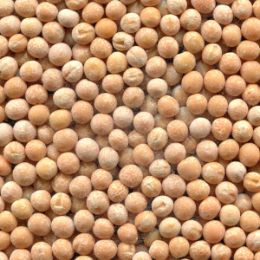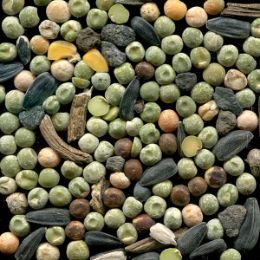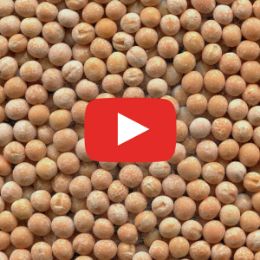Result of pease cleaning
from impurities with color sorter
Pea — most commonly the small spherical seed or the seed-pod of the pod fruit Pisum sativum. Each pod contains several peas, which can be green or yellow. Botanically, pea pods are fruit, since they contain seeds and develop from the ovary of a (pea) flower. The seeds may be planted as soon as the soil temperature reaches 10 °C (50 °F), with the plants growing best at temperatures of 13 to 18 °C (55 to 64 °F). They do not thrive in the summer heat of warmer temperate and lowland tropical climates, but do grow well in cooler, high-altitude, tropical areas.
There are two main types of pea: field peas and sugar peas.
- The field pea is a type of pea sometimes called P. sativum subsp. arvense (L.) Asch. It is also known as dun (grey-brown) pea, Kapucijner pea, or Austrian winter pea, and is one of the oldest domesticated crops, cultivated for at least 7,000 years.
Field peas are now grown in many countries for both human consumption and stockfeed. - Sugar peas or edible-pod peas, lack the tough membrane inside the pod wall and have tender edible pods. The main difference between sugar peas and field peas is the structure of the pod. The field peas have a thin wall inside the pod connected to the seeds and thus making them inedible. Sugar peas pods do not have this walls at all or the walls are very thin.
Color sorters
for pea cleaning
Learn more about configurations of sorting equipment. Choose the optimal capacity for you.



